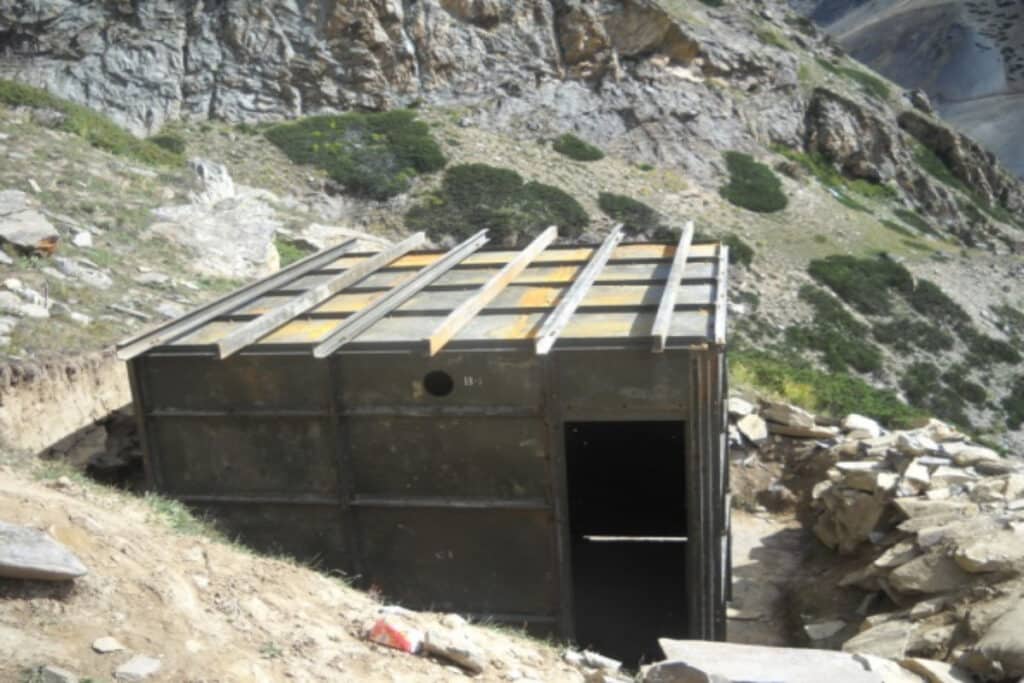In an era where military operations are evolving at an unprecedented pace, the need for efficient and energy-saving facilities has never been more critical. Modern defence strategies require not only advanced technology but also adaptable infrastructure that can withstand the rigors of diverse geographical terrains. Prefabricated military shelters, including bunkers, barracks, and dormitories, offer a comprehensive solution that addresses these needs while enhancing overall military readiness.
The Importance of Prefabricated Military Structures
Prefabricated military structures are designed to provide quick, reliable, and cost-effective accommodation for military personnel. These structures are manufactured off-site and then transported to the desired location, significantly reducing construction time. This rapid deployment capability is crucial in situations where speed and efficiency are paramount, such as in disaster relief, rapid troop mobilization, or emergency response operations.
Advantages of Prefabricated Military Shelters
- Rapid Deployment – One of the most significant benefits of prefabricated military shelters is their ability to be assembled quickly. These structures can be erected in a matter of days or even hours, allowing military forces to establish secure environments swiftly. This speed is essential in conflict zones or during humanitarian missions, where time can mean the difference.
- Cost-Effectiveness -Traditional construction methods can be labour-intensive and expensive, often leading to budget overruns and delays. In contrast, prefabricated structures are designed for cost efficiency. The use of advanced materials and streamlined production processes reduces labor costs and minimizes waste, making these shelters an economically viable option for military budgets.
- Energy Efficiency – Prefabricated military shelters are designed with energy conservation in mind. Many of these structures utilize PUF (Polyurethane Foam) insulated panels, which provide exceptional thermal insulation. This insulation helps maintain comfortable temperatures inside the shelters, reducing the need for artificial heating and cooling systems. As a result, energy consumption is significantly lowered, contributing to overall operational cost savings.
- Durability and Adaptability – Military shelters must withstand extreme conditions, from harsh weather to potential attacks. Prefabricated structures are engineered for durability, featuring materials that are fire-retardant and corrosion-resistant. Their modular design allows for easy modifications, ensuring that they can be tailored to meet the specific needs of military personnel. This adaptability is particularly beneficial for barracks and dormitories, where comfort and safety are paramount.
Key Components of Prefabricated Military Structures
- Bunkers : Designed to provide protection in danger zones, bunkers made from PUF insulated panels are not only reliable but also capable of handling extreme climate changes. Their robust construction ensures the safety of personnel and supplies, making them an essential asset in military operations.
- Barracks : Barracks serve as living accommodations for military personnel, and the prefabricated options available today are lightweight, cost-effective, and easy to assemble. These structures require minimal modifications and offer a high level of comfort, which is crucial for the morale and well-being of troops.
- Dormitories : In ad hoc deployments, soldiers need comfortable and safe sleeping accommodations. Prefabricated dormitories can be quickly assembled and customized to meet the needs of the residents. Their design emphasizes durability, ensuring that military personnel have reliable shelters during operations.
The need for efficient and reliable military infrastructure is more pressing than ever. Prefabricated military shelters—encompassing bunkers, barracks, and dormitories—offer a unique solution that enhances military readiness. With their rapid deployment capabilities, cost-effectiveness, energy efficiency, and adaptability, these structures are poised to play a vital role in the future of military operations. As defense forces around the world continue to evolve, embracing innovative solutions like prefabricated shelters will be crucial for maintaining operational effectiveness in an ever-changing landscape.
By investing in these advanced structures, military organizations can ensure they are better equipped to meet the demands of modern warfare while providing their personnel with the facilities they need to thrive.



